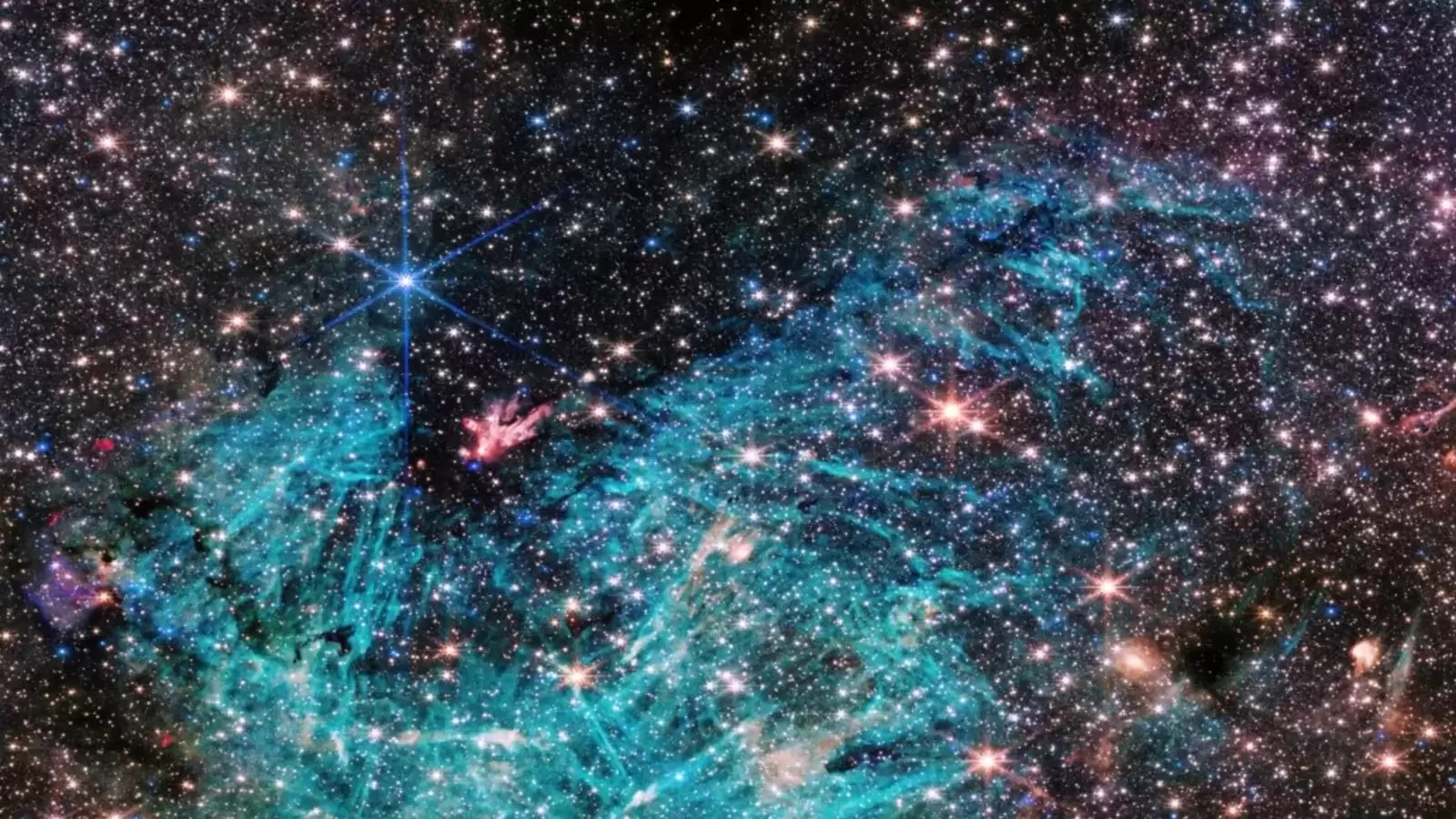NASA’s James Webb Space Telescope captures glimpse of star-forming region Sagittarius C
James Webb Space Telescope captures a mesmerizing image of 500000 stars at the star-forming region Sagittarius C. Know what researchers say about the findings.

NASA's James Webb Space Telescope now has reached 25000 light-years away from Earth at the star-forming region called Sagittarius C. The telescope has yet again given researchers a surprising view of deep space with extraordinary details and never-seen features. The region consists of a massive amount of protostar which is still in the formation stage and gaining mass at the same time. Check out what researchers are saying about the new discovery and image captured by the powerful telescope.
James Webb Space Telescope's finding
According to a NASA report, the Webb's telescope captured the image of the dense centre of our galaxy at the star-forming region called Sagittarius C(Sgr C) which is about 300 light-years from the Milky Way's central supermassive black hole, Sagittarius A. The image shows about 500000 cluster of protostars which are still gaining mass. NASA said, “At the heart of this young cluster is a previously known, massive protostar over 30 times the mass of our Sun.”
We are now on WhatsApp. Click to join
Professor Jonathan Tan, Crowe's advisor at the University of Virginia said, “The galactic center is the most extreme environment in our Milky Way galaxy, where current theories of star formation can be put to their most rigorous test.”
The protostars are also attracting heavy dense clouds which block the light from stars positioned behind them and make the area less populated despite being known as the most densely populated region. The image showcases smaller infrared-dark clouds that resemble star-filled voids, indicating the formation of new stars.
The image and the reach of the James Webb Space Telescope will allow researchers to study the formation of each star and they can study how an individual star develops along with how the cosmic environment affects their growth.
The image is captured with the help of Webb's telescope instrument called NIRCam (Near-Infrared Camera). It captured massive ionized hydrogen emissions from the lower side of the dark cloud which showcases the hues in cyan. Furthermore, researchers say that this ionized hydrogen also depicts needle-like structures which are scattered in different directions which is also something unusual and unseen.
One more thing! HT Tech is now on WhatsApp Channels! Follow us by clicking the link so you never miss any updates from the world of technology. Click here to join now!
Catch all the Latest Tech News, Mobile News, Laptop News, Gaming news, Wearables News , How To News, also keep up with us on Whatsapp channel,Twitter, Facebook, Google News, and Instagram. For our latest videos, subscribe to our YouTube channel.





























